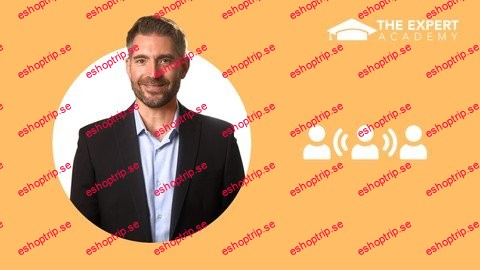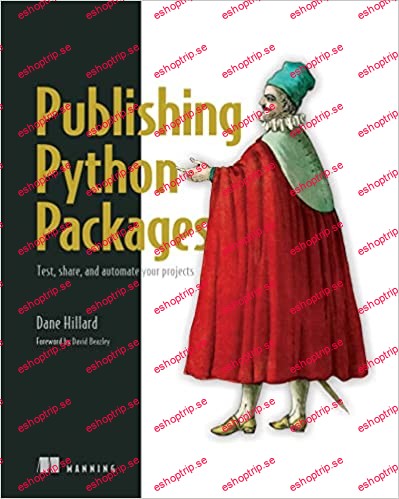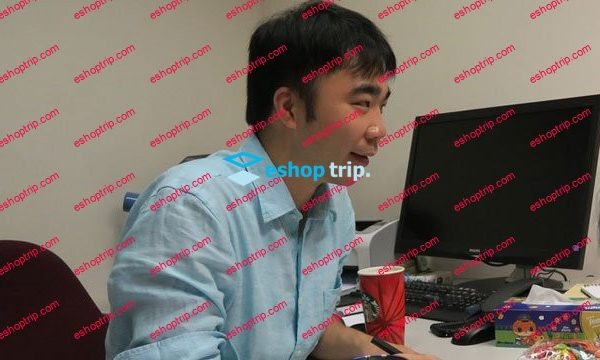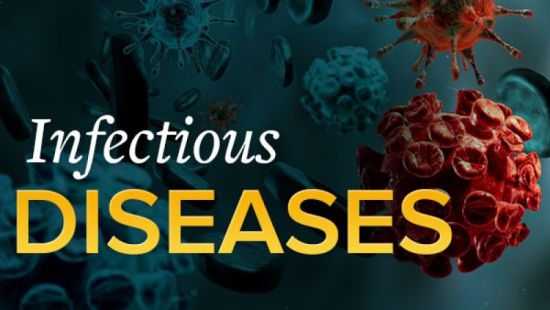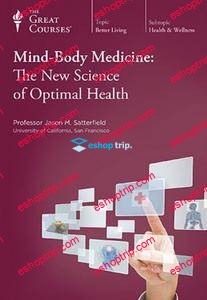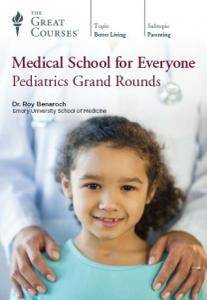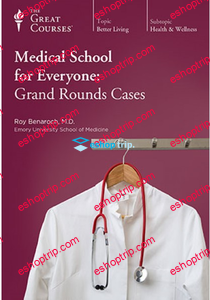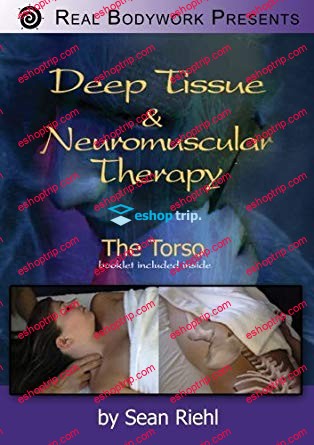Published 9/2024
MP4 | Video: h264, 1920×1080 | Audio: AAC, 44.1 KHz
Language: English | Size: 1.44 GB | Duration: 3h 45m
Public Engagement and Media Skills for Health Professionals
What you’ll learn
Give punchy, memorable, and impactful media interviews
Craft messages to the public, managers, and other stakeholders that they can actually understand!
Manage public engagement in times of emergency and crisis without causing panic or creating unrealistic expectations
Master the various tools of public health communication, from social media to newspaper op-eds
Requirements
No experience needed. No special software or materials are needed, either. Just bring an inquiring mind and an eagerness to listen and learn!
Description
While meant for graduate students of health science disciplines and professionals working in public health, this course is also useful for the layperson and anyone interested in the art and science of professional public engagement. It consists of five lectures covering the topics of: (1) The current divisive landscape of public communication in health and health care: the COVID-19 pandemic has changed health communication and raised the stakes.(2) The traditional academic models of public communication, their advantages and disadvantages: standard models fail us in the new political reality.(3) How to speak and write in so-called “plain language”: it’s not about “dumbing down” the language, but about understanding the message.(4) The tools available to the modern communicator, including social media and newspaper op-ed articles: writing is still among the most important skills.(5) How to prepare for TV and print interviews: media training isn’t about dodging the question, but about message discipline, charm, and credibility.The course is taught by a seasoned public health communicator with well over 2000 media interviews under his belt. Professor Deonandan is an award-winning scientist, teacher, writer, and public speaker. In this new era of continuous public health crisis and an ideologically divided population, it’s important that professionals get used to crafting their message for the public eye.
Overview
Section 1: The Challenge of Public Health Communication
Lecture 1 The Challenge of Public Health Communication
Section 2: Models of Public Health Communication
Lecture 2 Models of Public Health Communication
Section 3: Plain Language
Lecture 3 Plain Language
Section 4: Tools of Engagement
Lecture 4 Tools of Engagement
Section 5: Media Training
Lecture 5 Media Training
Students and professionals in the health sciences, medicine, public health, or public service who need to engage with the public or with other stakeholders
Homepage

